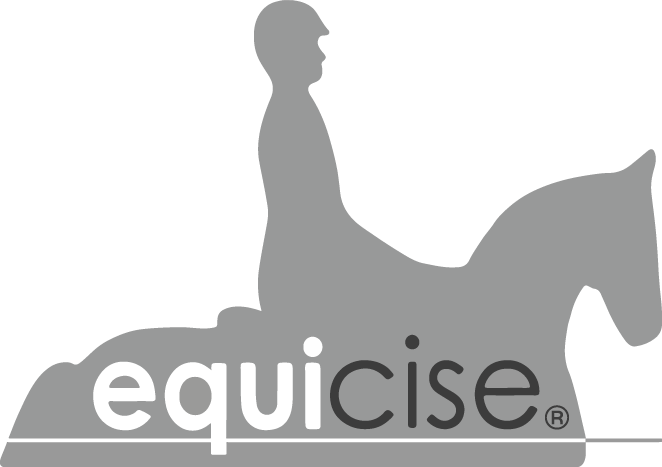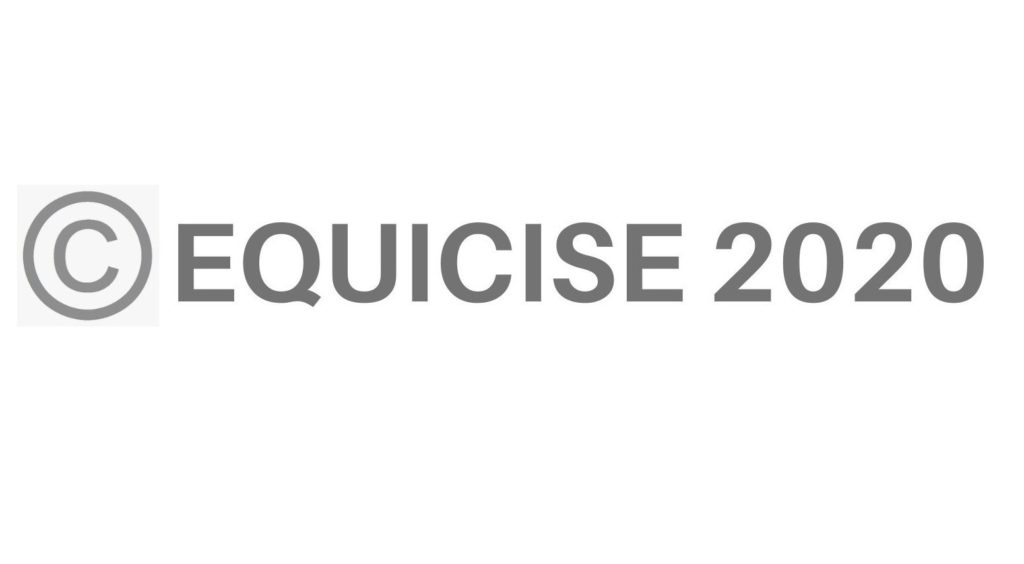03 Jun 17. Travers
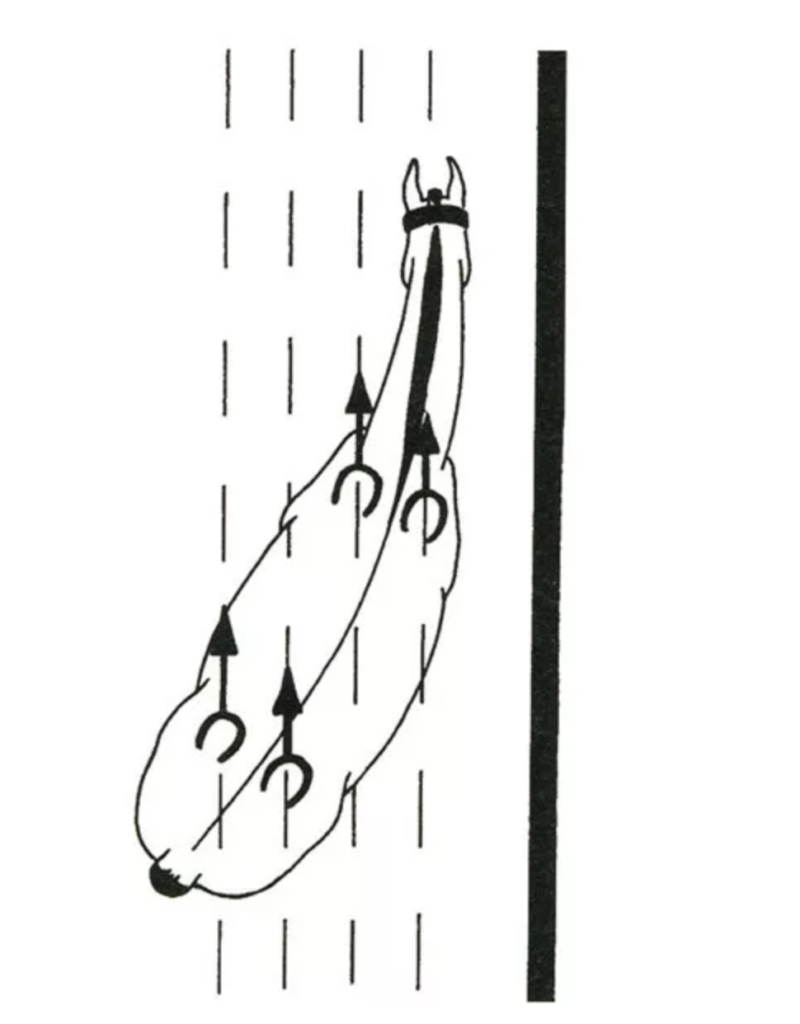
In earlier articles, we have discussed several lateral movements (leg yield, shoulder in and turn on/about the forehand, Articles 13, 14 and 15 respectively), all of which help to promote a horse’s suppleness, loosen its muscles and improve its balance. Travers, or haunches in, is another lateral exercise with similar benefits but one that is typically more challenging to achieve correctly as it requires the rider to use both legs to ensure the bend, the sideways movement and the impulsion.
Perhaps we should revisit the purpose of teaching our horses lateral movements such as shoulder in and haunches in. Like most people, horses are naturally one-sided, while they carry most of their weight on their forehand. However, if they are to carry a rider comfortably, they must have a strong back and learn to carry more weight on their hind quarters, while also becoming equally supple on both sides. Lateral movements, which are also good exercises in collection, help the horse to shift its weight from its front legs to its hind quarters.
In shoulder in, the horse is bending through its ribcage while moving on a straight line, on three tracks, with its shoulders in from the track. Travers is basically the same movement as shoulder in, except that the hind legs are in from the track while the front end stays on the track. This is a four track movement if observed head on (or from behind), with the horse’s outside legs passing and crossing in front of its inside legs. Your horse will be looking in the direction it is travelling, bent around your inside leg, with an angle of about 35 degrees.
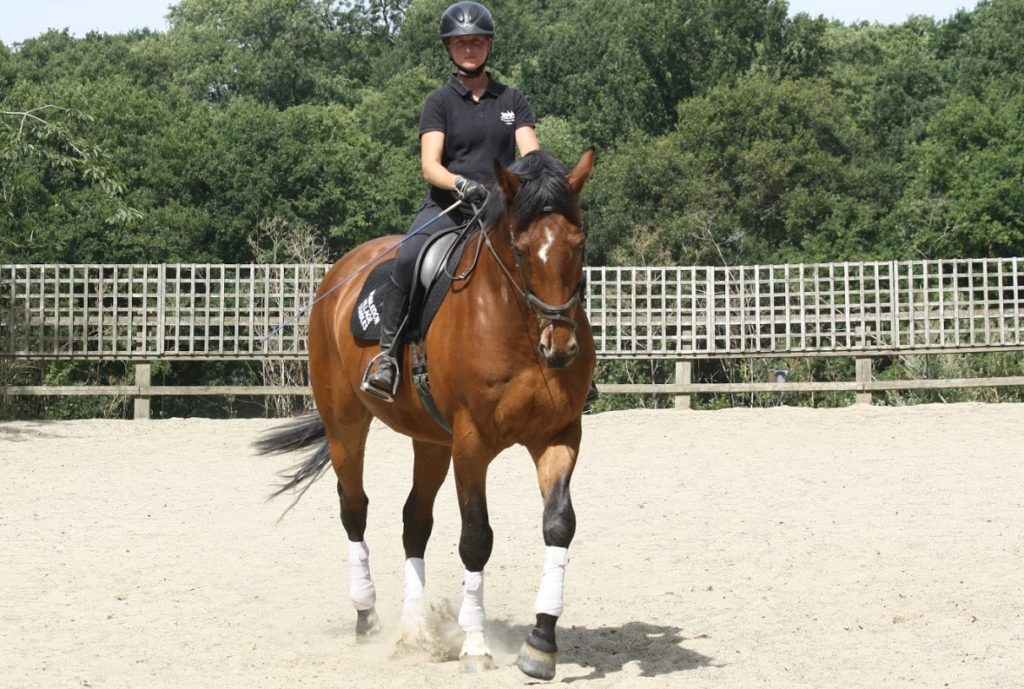 While learning or teaching your horse travers, it may be helpful to start from a 10 metre circle to ensure the necessary bend but, as with all lateral movements, application of the correct aids is critical – most importantly, your weight should be on your inside seat bone. You should use your inside leg on the girth to keep the bend and ensure impulsion, with your outside leg behind the girth to push the hind quarters in and drive the sideways movement. Use your outside rein (half halts) to control the bend and support the outside shoulder, while your inside rein is there to encourage your horse to look in the direction of travel and maintain the correct bend.
While learning or teaching your horse travers, it may be helpful to start from a 10 metre circle to ensure the necessary bend but, as with all lateral movements, application of the correct aids is critical – most importantly, your weight should be on your inside seat bone. You should use your inside leg on the girth to keep the bend and ensure impulsion, with your outside leg behind the girth to push the hind quarters in and drive the sideways movement. Use your outside rein (half halts) to control the bend and support the outside shoulder, while your inside rein is there to encourage your horse to look in the direction of travel and maintain the correct bend.
It is important to remember that this exercise is all about getting your horse to rotate its hind quarters around your inside hip to achieve the desired angle. Yanking on the inside rein will not work but is a common problem when the rider senses a lack of bend or uses the inside rein as a prop when applying the outside leg. If you ask for too much angle, on the other hand, you will end up with a movement that more resembles leg yield – the effort of pushing the hind quarters in often results in the rider turning the horse’s shoulders towards the outside. Another frequent fault is a twisted or leaning upper body with the weight moving to the outside seat bone as the rider focuses on applying sufficient outside leg. Using too much outside leg can also prove counterproductive, as the rider can become exhausted quite quickly, without achieving a correct travers – it is better to reinforce the bending with an active inside leg.
Bear in mind that travers is not an easy movement for either horse or rider to learn and it will take time and practice – using the EQUICISE is a very helpful tool as it will allow you to develop a feel for the necessary weight aids and leg positions. Your horse will need to train its muscles to allow it to achieve the movement correctly, so you cannot expect overnight success – think about how long it takes you to learn a new exercise that requires you to use muscles that have previously not been worked. You should start by aiming for a few good steps, which you should reward, gradually building up the number as your horse’s hind quarters become stronger, remembering that if the haunches in goes wrong, you can always correct it by going back to a 10 metre circle and starting again.
The EQUICISE has three leg sensors on either side of its body which provide feedback to the screen in front of you so, as you apply your leg aids, you will be able to see how accurately you have positioned them. Performing travers successfully requires a precise and consistent leg aid and you will be able to practise it as often as you like on the EQUICISE — once you have mastered it, you will be able to transfer your improved ability to riding a real horse. You will also be able to monitor and, if necessary, improve your weight aids as the four sensors under the EQUICISE’s saddle will show how balanced you are and whether you are applying weight aids correctly.
If you put in the necessary time and effort on the EQUICISE, you will be well rewarded as travers will help your horse to strengthen its back and hind quarters, improve its suppleness and collection, correct any straightness issues and tune in better to your aids.
Book a LESSON on the EQUICISE and see how it will help your lateral work.
PRACTISE THIS ON THE SIMULATOR
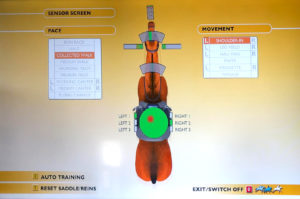
In order to be able to perform travers, you must be very conscious of your weight aids and leg aids working independently. A good exercise to practice independence of leg and weight is performing the 3 basic lateral movements in sequence on the Simulator: Leg yield, half pass and shoulder in. Being able to move your legs and weight in synchrony reaching leg yield, then half pass, then shoulder in, means you will have independent enough aids to perform travers. Try on walk first, then in trot. To learn the aids for these three movements, have a look on our previous articles!

